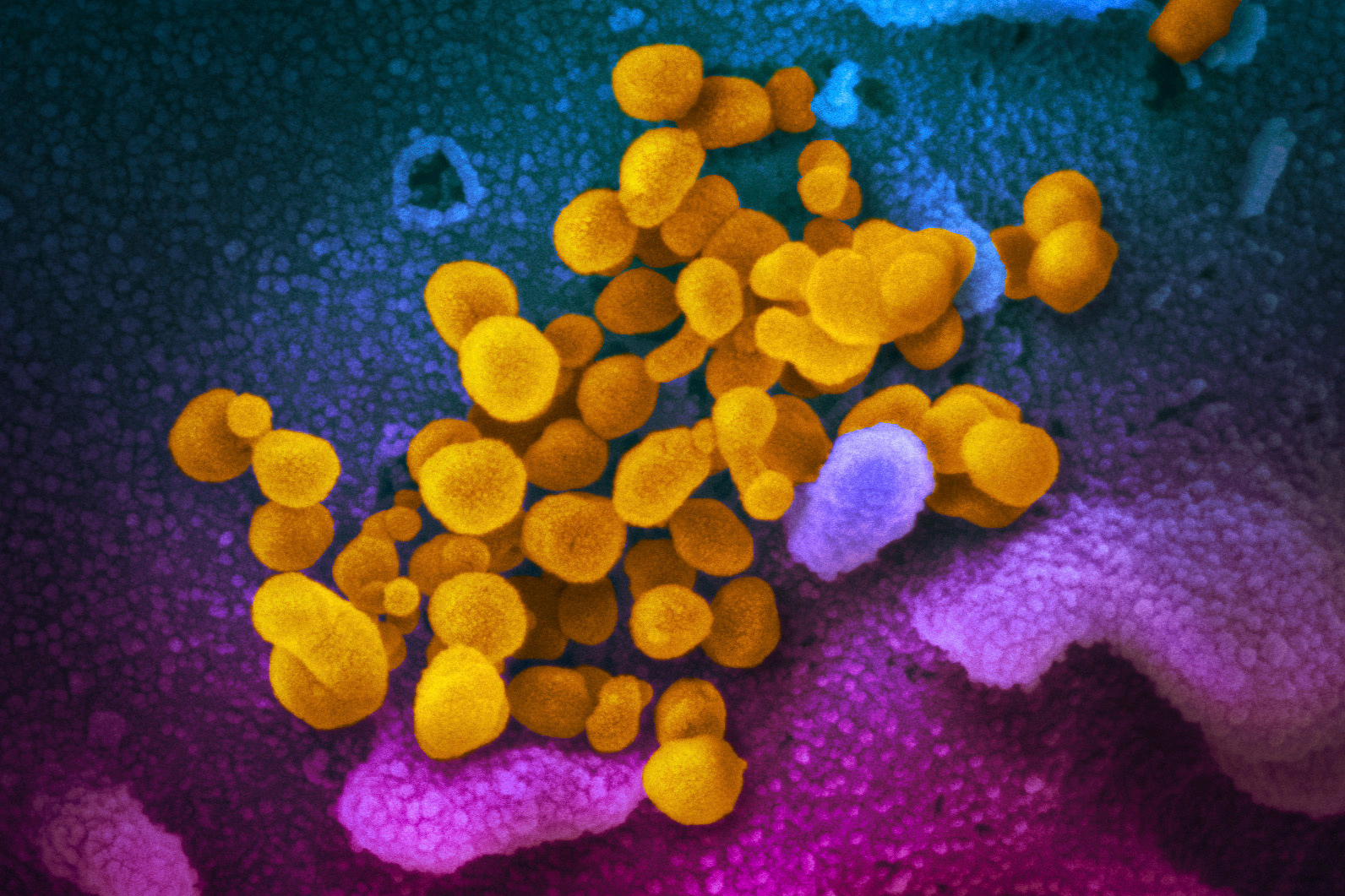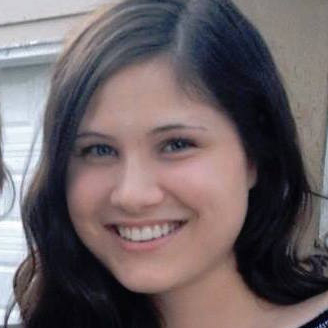
This undated electron microscope image made available by the U.S. National Institutes of Health in February 2020 shows the Novel Coronavirus SARS-CoV-2, yellow, emerging from the surface of cells, blue/pink, cultured in the lab. Also known as 2019-nCoV, the virus causes COVID-19
Few people’s lives are untouched by the coronavirus pandemic and, as the world continues to grapple with the health, social, and financial implications of the crisis, everyone has a story to tell about these unprecedented times.
That’s why members of the 2019 Nieman group—Fellows Uli Köppen and Fran Panetta, along with Tanja Proebstl and James Burke—have, with the help of developer and sound artist Halsey Burgund, created “Corona Diaries,” an open-source platform where people can share personal stories as the crisis evolves. The project allows users to upload short audio recordings documenting their experiences during Covid-19. Whether one-time contributions or daily audio blog entries, the recordings can encapsulate stories big or small, hopeful or despairing, mundane or extraordinary. Each can range anywhere from a few seconds to two minutes long.
Köppen and Proebstl conceived the project when, on the first night of the lockdown in Bavaria, Germany, where they live, they went for a walk and recorded what they heard. Scratchy orders for people to stay home, broadcast from firetruck speakers as they made their way around the area, interspersed with the sounds of the rainy evening. Köppen and Proebstl-Köppen connected with Panetta, an XR creative director at MIT’s Center for Advanced Virtuality, who has a background in audio and had just flown from Boston to the United Kingdom—on a flight of 11 people—to be closer to friends and family. Burke and Burgund, who has written software for contributory location-based audio, were looped in, too.
Why audio? Panetta says they settled on an aural project rather than a written one partially because of the low barrier for participation—it’s easy for people to leave short voice recordings—but also because of sound’s ability to often capture emotional nuance better than writing. “Sound is so intimate. My sound background probably makes me biased but it’s true: The human voice gives you a closeness that is hard to get in any other form,” says Panetta. Köppen adds that they hope the recordings will make people feel a little bit less alone during these isolating times: “Listening to those voices hopefully feels a bit like unlocking a lockdown.”
Currently, those who want to participate are given a few prompts to choose from—simple questions, such as “How was your day?” and “How has your life changed?”—to make their recordings. But the “Corona Diaries” creators say these will change over time, perhaps focusing on specific themes some weeks or targeting specific demographics with questions, as the pandemic develops.
Users can contribute anonymously, and have the choice to say where they are located. Presentation of all the audio stories is location-based; audiences can explore a world map and select where they would like to hear stories from, whether that’s from an apartment in Rome or a backyard in suburban New England.
“Corona Diaries” is open source, so the recordings are available for anyone to download and use under the Creative Commons license. The hope is that the growing database will provide journalists, radio producers, artists, or others with personal audio stories to integrate into their own projects.
“For now, we hope to give people a tool to express themselves and to make it accessible for others. Ideally other people will make use of it for art, journalism, or projects we can’t even think of,” says Köppen. “In the long run we hope to contribute to a worldwide archive storing these stories for future generations.”

